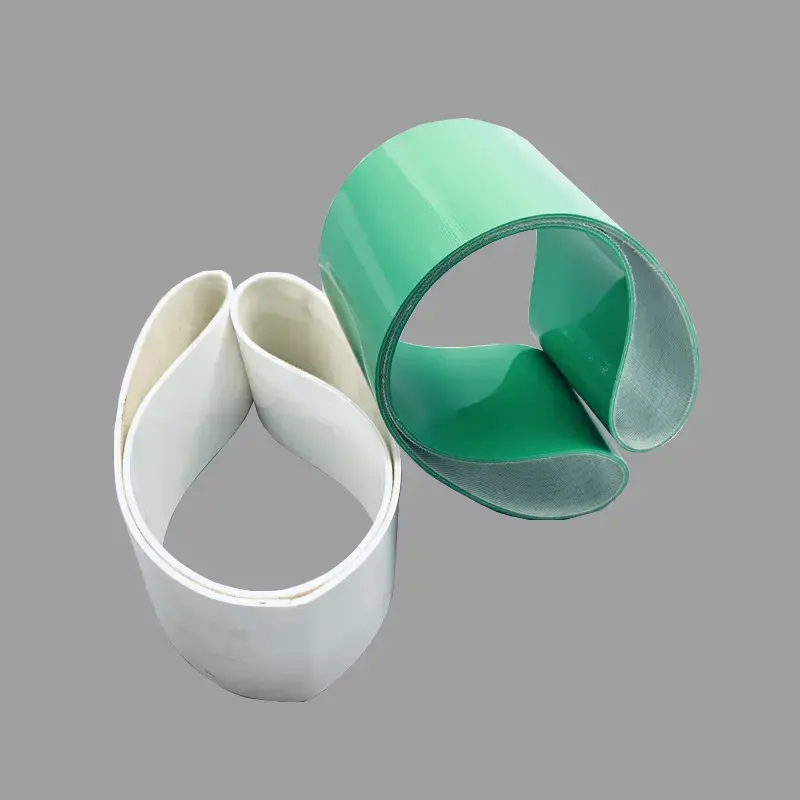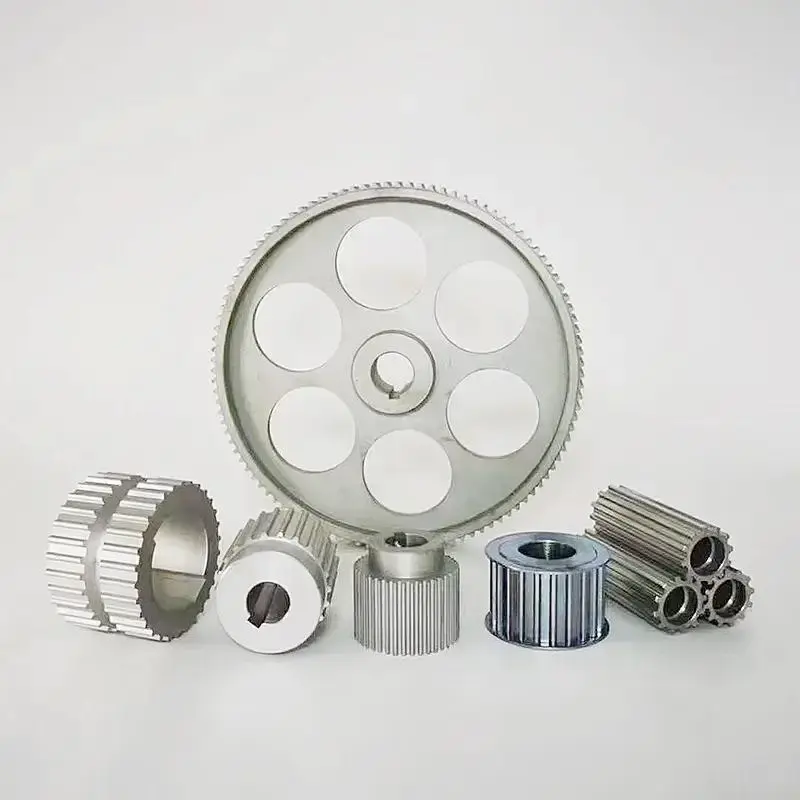 +86-19862000127
+86-19862000127 Changing the Serpentine Belt: A Vital Task for Vehicle Health
Regular vehicle maintenance is essential to ensure safety, efficiency, and longevity. Among the many components requiring attention, the serpentine belt stands out as one of the most critical. This long, winding belt powers several major systems in a car, including the alternator, power steering pump, air conditioning compressor, and water pump. Over time, the serpentine belt can wear out, crack, or become loose, leading to potentially serious mechanical failures.
Automotive experts recommend checking the serpentine belt every 60,000 to 100,000 miles, depending on the vehicle's make and model. Common signs of a failing belt include squealing noises, engine overheating, and difficulty steering. If left unattended, a broken serpentine belt can cause the engine to stall or overheat, leaving drivers stranded and facing costly repairs.

Changing a serpentine belt is a relatively simple task for trained mechanics and can be completed in under an hour. Many drivers also choose to perform the replacement themselves, using online tutorials and basic tools. However, improper installation can lead to belt misalignment or tension issues, which may shorten the life of the new belt.
Automotive technicians advise vehicle owners to follow the manufacturer's maintenance schedule and consult a professional if they are unsure about the belt’s condition. With the summer driving season underway, now is an ideal time to check this crucial component. A well-maintained serpentine belt not only prevents breakdowns but also keeps your vehicle running smoothly and efficiently.














